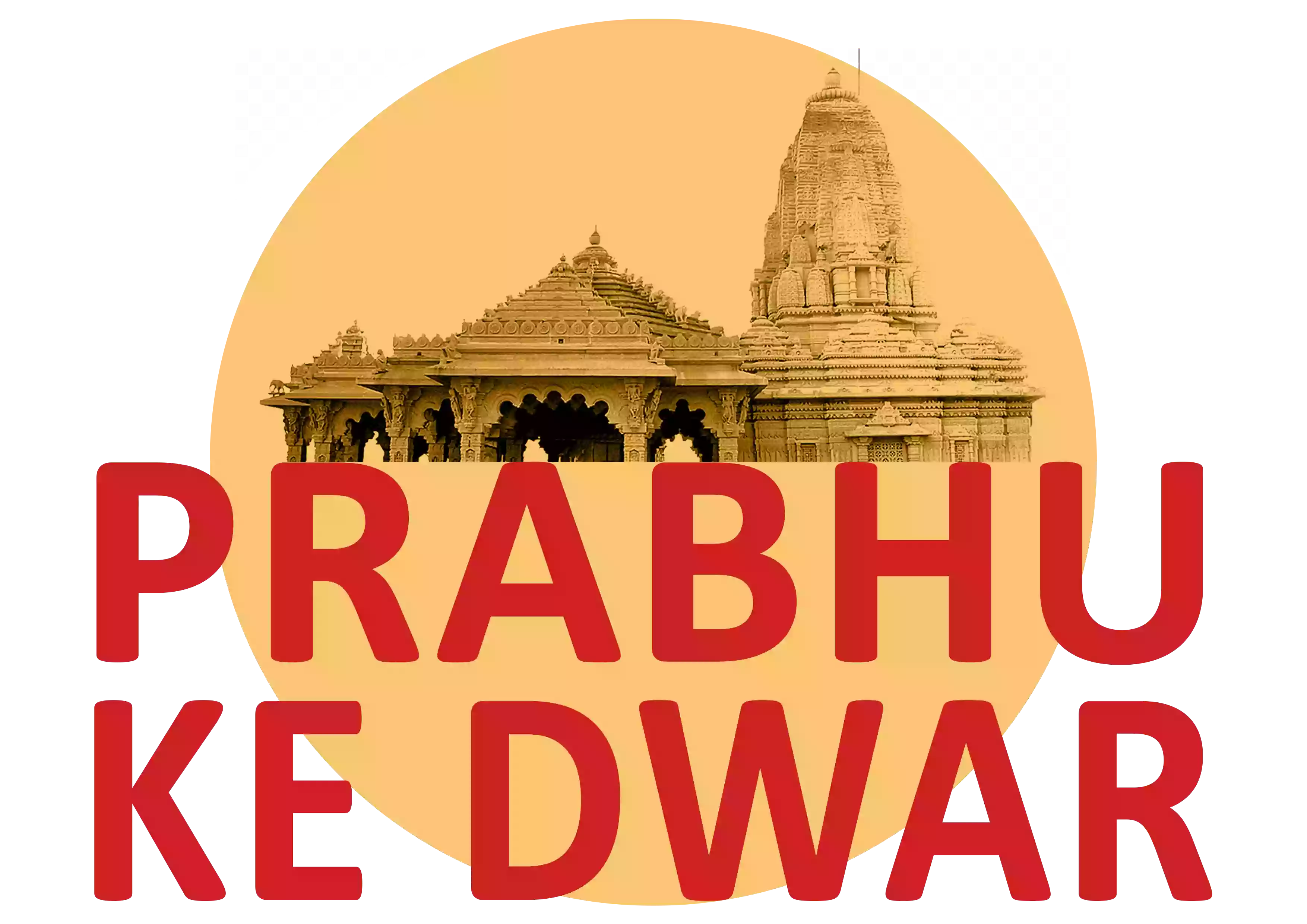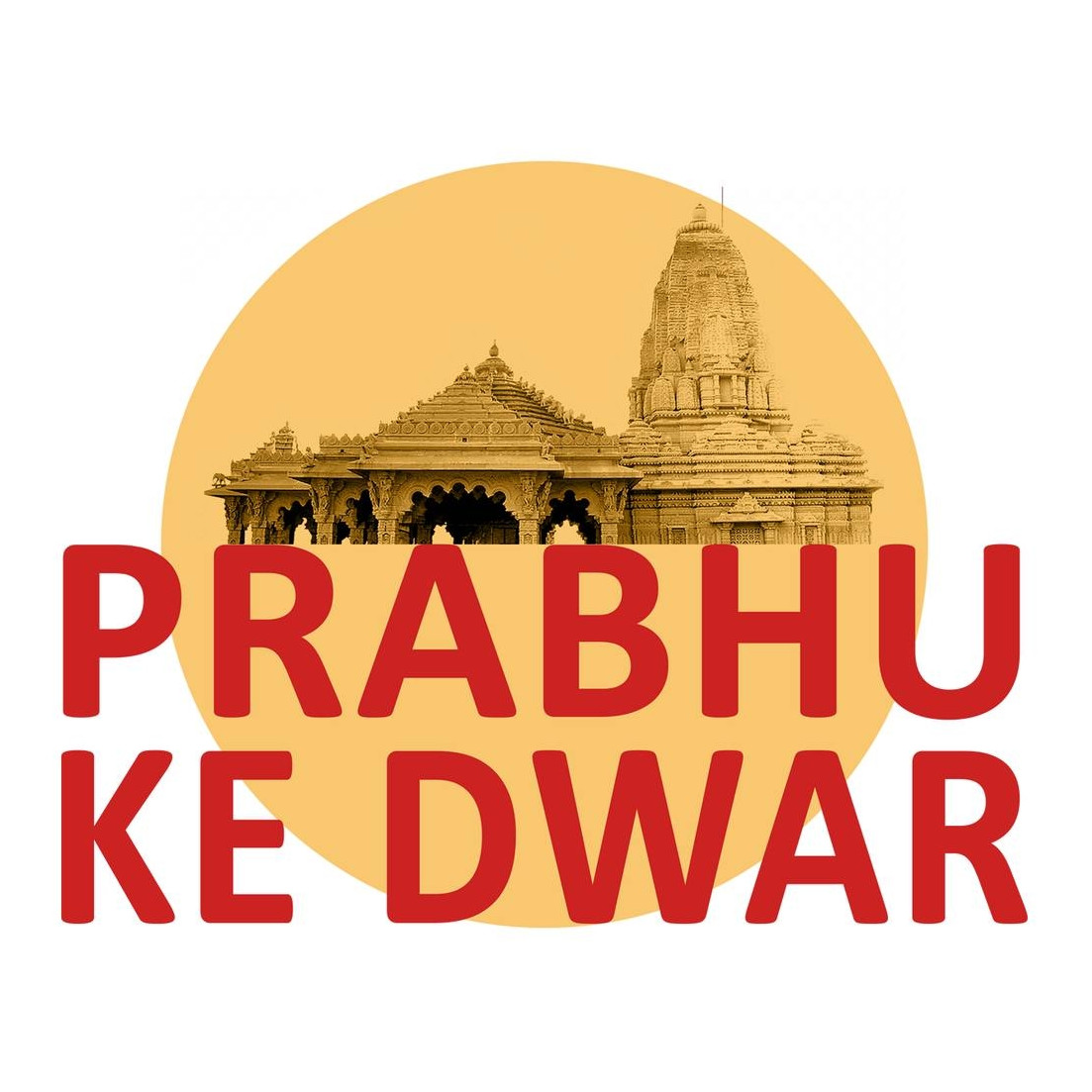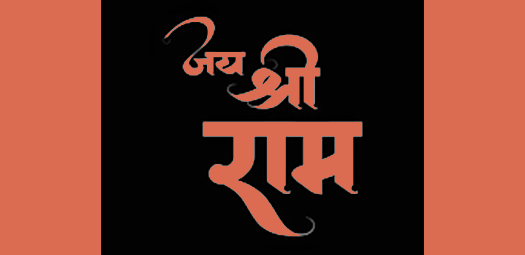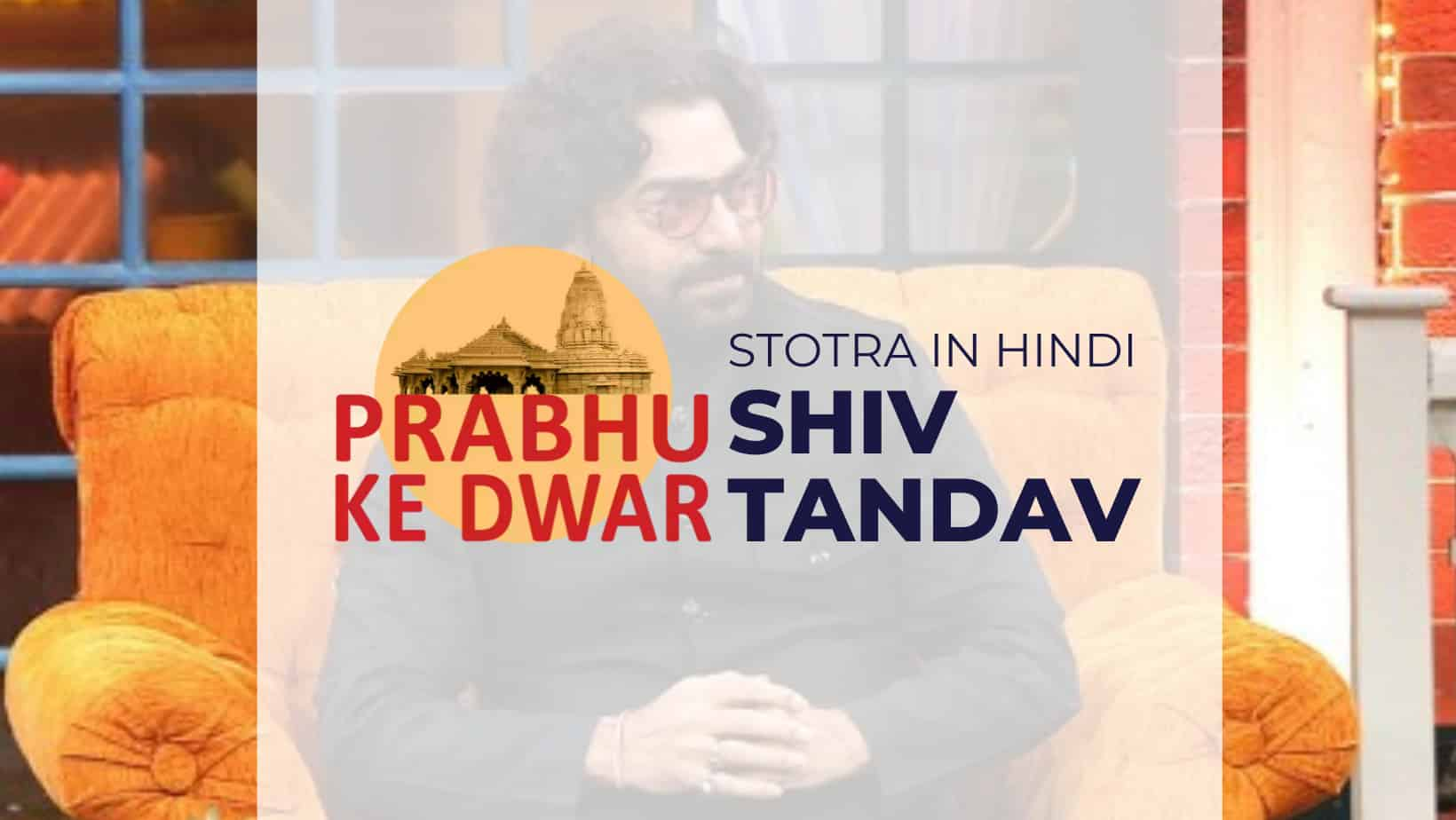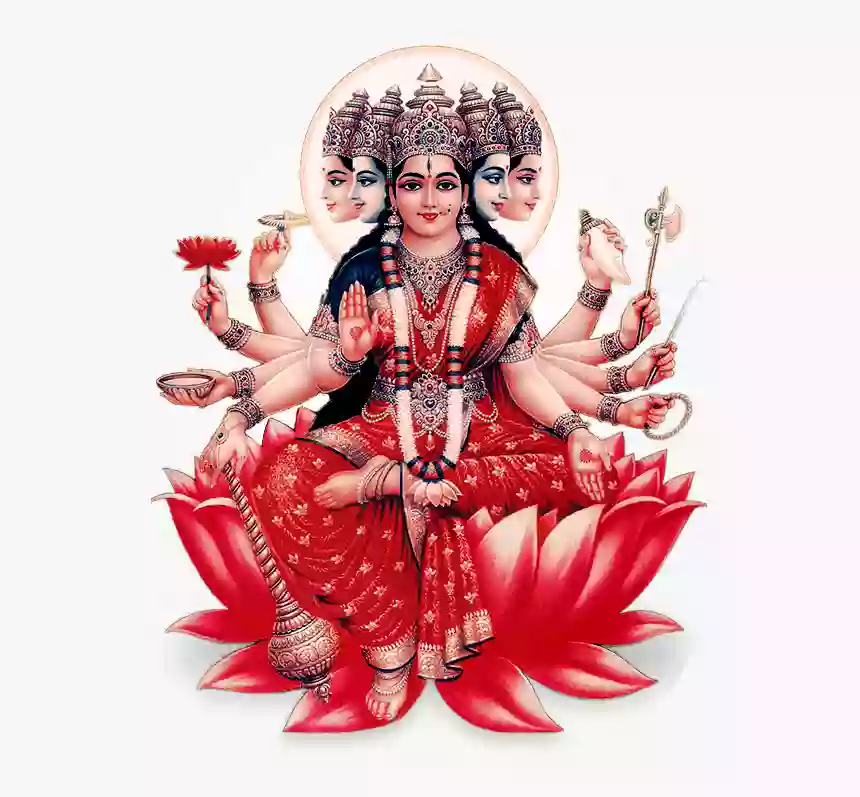Welcome to our comprehensive guide on Sanatana Dharma, also known as Hinduism. In this article, we delve into the rich tapestry of this ancient religious and philosophical tradition. Sanatana Dharma, which translates to "the eternal path" or "the eternal law," encompasses a diverse range of beliefs, practices, and philosophies that have shaped the lives of millions of people for millennia. Join us on this enlightening journey as we explore the key aspects and principles of Sanatana Dharma.
Table of contents [Show]
1. Origins and Philosophy
Sanatana Dharma traces its origins back thousands of years to the Indus Valley Civilization, making it one of the world's oldest religions. Rooted in the Vedas, the sacred scriptures of Hinduism, Sanatana Dharma embraces a philosophical approach to life, emphasizing the interconnectedness of all beings and the eternal nature of the soul.
The Concept of Dharma
At the core of Sanatana Dharma lies the concept of dharma, a fundamental principle that governs individual and societal behavior. Dharma encompasses moral and ethical duties, righteousness, and the pursuit of a virtuous life. It provides a framework for leading a balanced and harmonious existence while promoting the well-being of oneself and others.
The Notion of Karma
Central to Hindu philosophy is the belief in karma, the law of cause and effect. According to this principle, every action, whether physical, mental, or spiritual, has consequences that shape one's present life and future reincarnations. The accumulation of positive karma leads to spiritual progress and liberation from the cycle of birth and death.
2. Deities and Pantheon
Hinduism encompasses a vast pantheon of deities, each representing different aspects of the divine. From the supreme godhead Brahman, the formless and transcendent reality, to the various gods and goddesses who embody different powers and virtues, the Hindu pantheon is a tapestry of diverse expressions of the divine.
Brahma, Vishnu, and Shiva
The Trimurti, consisting of Brahma, Vishnu, and Shiva, forms the divine trinity of Hinduism. Brahma is the creator, Vishnu the preserver, and Shiva the destroyer and transformer. They represent the cyclical nature of existence and the continuous cycle of creation, preservation, and dissolution.
Goddesses of Power and Compassion
Alongside the male deities, Hinduism also worships numerous powerful goddesses. Devi, the divine feminine, embodies aspects of power, creativity, and cosmic energy. Durga, Lakshmi, and Saraswati are among the widely revered goddesses who inspire devotees with their strength, abundance, and wisdom, respectively.
Local and Folk Deities
In addition to the major deities, Hinduism acknowledges a multitude of local and folk deities who are venerated in specific regions or communities. These deities often represent the protective spirits of nature, ancestors, or heroes, showcasing the diverse cultural tapestry of Hinduism.
3. Rituals and Practices
Sanatana Dharma encompasses a wide array of rituals and practices, providing individuals with various paths to connect with the divine and attain spiritual growth. These practices reflect the diverse traditions within Hinduism and the cultural contexts in which they developed.
Temple Worship
Temples hold immense significance in Hindu religious life. They serve as sacred spaces for devotees to offer prayers, perform rituals, and seek solace. Temple architecture often embodies complex symbolism, with intricate carvings and sculptures depicting the deities and mythological narratives.
Yoga and Meditation
Hinduism is renowned for its emphasis on spiritual disciplines, including yoga and meditation. Yoga offers a holistic approach to physical, mental, and spiritual well-being, aiming to harmonize the body, mind, and spirit. Meditation practices, such as dhyana and japa, cultivate inner stillness and awareness, leading to self-realization.
Festivals and Celebrations
Hinduism celebrates a plethora of vibrant festivals throughout the year, reflecting the rich tapestry of cultural diversity within the tradition. Festivals like Diwali, Holi, and Navaratri hold deep religious significance and are celebrated with great enthusiasm, fostering community spirit and devotion.
4. Influence on Art, Literature, and Science
Sanatana Dharma has made profound contributions to art, literature, and science throughout history. Its influence can be seen in various fields, shaping the cultural heritage of the Indian subcontinent and beyond.
Art and Architecture
Hindu art and architecture showcase remarkable craftsmanship and intricate detailing. From the awe-inspiring sculptures of ancient temples to the delicate paintings of gods and goddesses, Hindu art depicts divine narratives and philosophical concepts, providing a visual representation of the tradition's profound beliefs.
Literature and Epics
Hinduism boasts a rich literary heritage, with ancient scriptures like the Vedas, Upanishads, and Bhagavad Gita providing philosophical insights and spiritual teachings. Epic narratives such as the Ramayana and the Mahabharata offer moral lessons and stories of heroism that continue to inspire generations.
5. Contributions to Science and Mathematics
Ancient Hindu scholars made notable advancements in the fields of science and mathematics. Pioneering concepts such as zero, decimal system, and algebra originated from ancient Indian mathematicians. Furthermore, Ayurveda, the traditional system of medicine, provides holistic healing approaches that integrate the mind, body, and spirit.
Sanatana Dharma, the eternal path, offers a profound and multifaceted worldview that continues to inspire millions around the globe. With its philosophical depth, diverse pantheon, and rich traditions, Hinduism encompasses a tapestry of beliefs and practices that have shaped the lives of people for millennia. By understanding and appreciating the timeless wisdom of Sanatana Dharma, we can embark on a transformative journey towards self-discovery, spiritual growth, and the realization of our interconnectedness with the universe.
